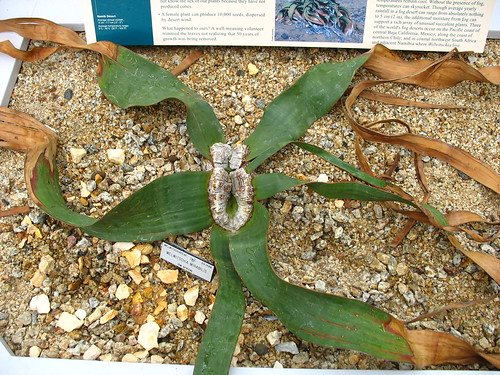I believe that everyone who grows every kind of plants must ever have the problem about the pesticide invading your garden. Me, too. About 3-4 days in a week, I have to kill the small plant louse or aphids in my garden. However, I don't want to use the chemical pesticide neither as it's not friendly environment. My solution is to use the organic pesticide whose ingredient you can in your kitchen or house. The organic pesticide can control the pest when you use it often and the situation in the garden is not severe and you use. In case the situation is beyond control, I'll suggest you to use the commerical pesticide and use the organic one later.
1. Tobacco or Nicotine Spray:This mixture is great for combating many different types of bugs, but especially caterpillars, aphids, and many types of those nasty worms.

1 cup of tobacco
1 gallon of water
Put the tobacco into the container of water. Allow the mixture to set for approximately 24 hours. After it has stood for a day, check the color. It should be the shade of weak tea. If it is too dark, just dilute it with water until it looks right.
*** Don't use this solution on peppers, tomotoes, eggplants, or any other member of the solanaceous family. Tobacco chemicals can kill these types of plants!
2. Soap Spray (My favorite)
Another way to stop the slugs is with soapy water. Collect some of the water in a pan and pour it into a watering can or even use a pitcher to pour it over the plants. This works really well on hostas and mums, but also can be used on other hardy plants. Many bugs do not like their lunch spoiled by a soapy aftertaste!
For a stronger solution, mix 3 Tablespoons of liquid detergent into a gallon of water, I prefer Dawn, but any will do. Use this weekly in the evening otherwise the leaves will get burned.
3. Garlic Spray:
Here is the recipe for a garlic spray that fights slugs too. To make this smelly spray, use the following list of ingredients:
1 garlic bulb
1 quart of water
1 medium onion
1 tablespoon of cayenne pepper
1 tablespoon liquid dish soap
Crush the garlic, mincing it fine. Add finely chopped onion to the mixture, while adding the rest of the ingredients except the soap. Wait an hour before adding the soap to the mixture. The spicy ingredients must sort of stew or steep, almost like tea. After an hour, add the soap and your non-toxic spray is ready to use! This can be stored in the fridge for a week.
4. Spearmint-Hot Pepper-Horseradish Spray:
This works on many different kinds of bugs- too many to list!
1/2 cup of red peppers (hot)
water (read below)
1/2 cup of fresh spearmint
1/2 cup horseradish (root and leaves)
2 tablespoons of liquid detergent
1/2 cup green onion tops
Mix all of the spearmint leaves, horseradish, onion tops and peppers together with enough water to cover everything. Strain the solution. After mixing all of these, add a half-gallon of water and add the detergent also. To use this solution, mix 1/2 gallon of this solution with 1/2 gallon of water. You can use this to spray almost any plant safely. Store this mixture for a few days in a cool environment.
5. Buttermilk and Flour Spray:
Garlic spray is great for getting rid of cutworms, wireworms, whiteflies, and slugs too.
What you need:
1 pint of water
1/4 cup of dish liquid
2 teaspoons of paraffin
6 tablespoons of chopped garlic
Soak the whole garlic in the liquid paraffin for at least 24 hours. After a day, add the dish liquid and water to the mixture. Remember to shake it very well. Strain the solution and store it in a glass jar. This lasts around a week.






























